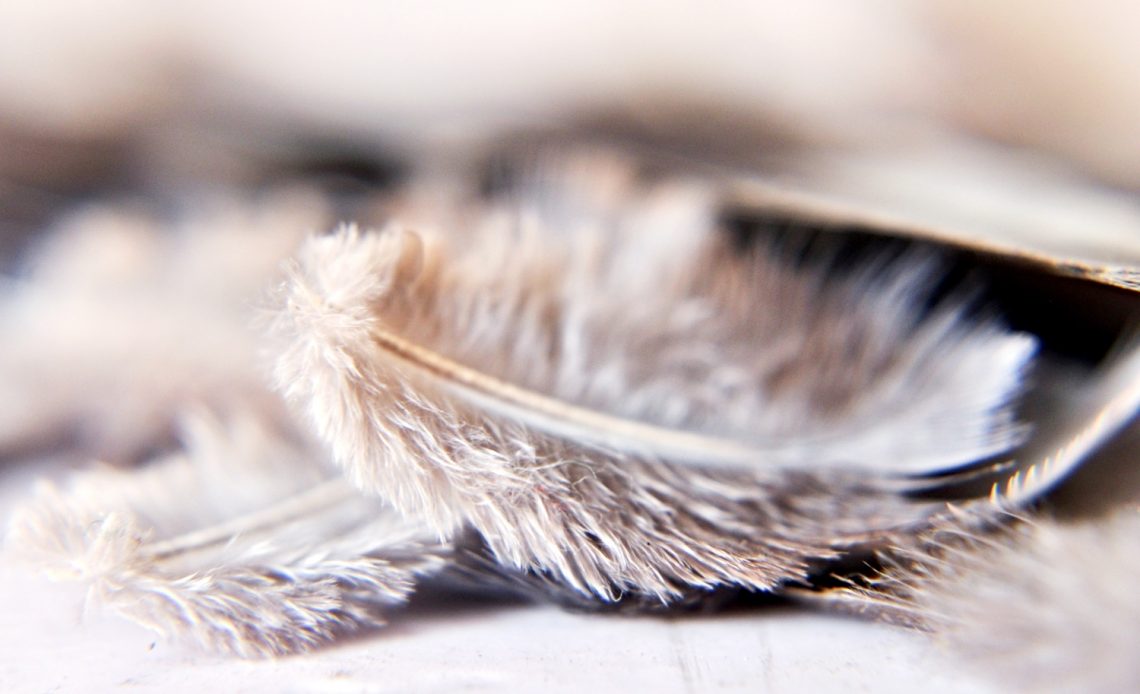

We’re here to help! Wild Yards is a completely free website that is 100% dedicated to helping you create a wildlife-friendly, sustainable yard. Read more
WildYards is reader-supported. When you buy a product through a link on our site, we may earn a comission. Every product is independently selected by our (obsessive) editors and our reviews are unbiased and objective. Read more about our mission or our privacy policy.
If you want to grow a garden that’s worth being proud of, you’ve got to take good care of the soil. One of the cheapest and easiest ways to enhance your garden soil is to add feather meal to the mix. Feather meal is one of our favorite organic fertilizers, and we always keep a bag of it on hand to enrich the soil and keep our plants growing great. But there are a few feather meal advantages and disadvantages that are worth keeping in mind when using this organic fertilizer in your garden.
Feather meal has many benefits to offer. It’s high in nitrogen, a good source of amino acids, and it is 100% sustainable and organic. On the other hand, feather meal is slow to break down and doesn’t contain many of the other nutrients plants need to thrive.
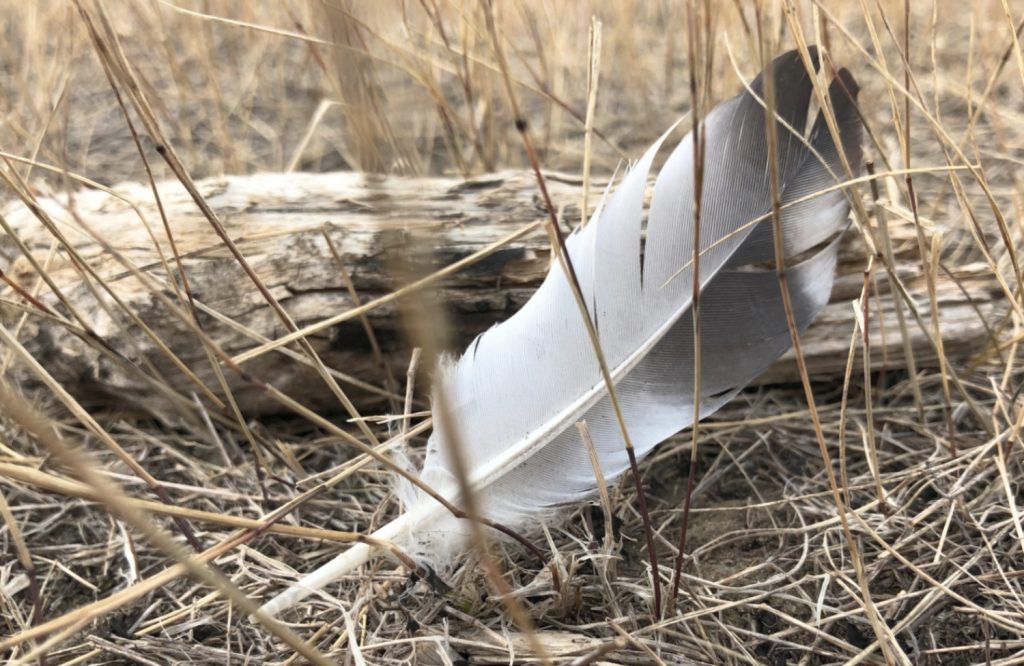
What is feather meal?
Feather meal is a byproduct of the poultry industry, and it is exactly what it sounds like it would be: a powdered meal made from feathers.
First, the feathers are steamed at a high heat to kill off pathogens, then they’re dried and pulverized into a powder. Some manufacturers turn the feathers into pellets.
Feather meal enables poultry farmers to reduce waste by turning feathers into a biodegradable agricultural product.
This fertilizer is a popular choice for organic gardeners, but there are some feather meal advantages and disadvantages you need to be aware of before applying it.
What are the advantages of feather meal?
Trying to decide whether or not feather meal is the right organic fertilizer for your garden? Like everything else, feather meal has its pros and its cons.
Let’s take a look at some of the advantages of using feather meal fertilizer, so you can decide if it’s right for your plants.
Feather meal is loaded with nitrogen
The greatest benefit that feather meal has to offer is that it’s a rich source of nitrogen.
Feather meal is comprised of 10% to 15% nitrogen. Most mixes contain 13% on average.
Some manufacturers enrich their feather meal with other parts of the bird, including the feet, heads, and skin. These parts can enhance the fertilizer’s nitrogen content.
Plants rely on nitrogen to produce healthy foliage. Nitrogen is a key component in chlorophyll, the green pigment that plants use to harvest sunlight and turn it into energy for themselves.
Without nitrogen, plants suffer from stunted growth and yellowing foliage. Left untreated, nitrogen-deficient plants turn brown and may die.
If you’re interested in learning about feather meal advantages and disadvantages, one of the pros of using this fertilizer is that it can help prevent nitrogen deficiency and stimulate healthy vegetative growth all season long.
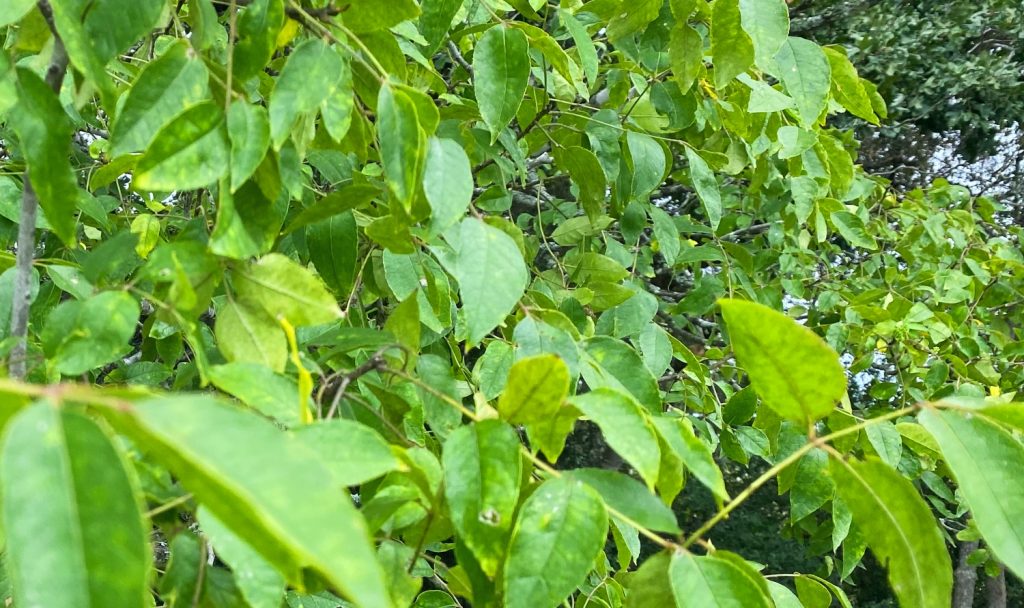
Feather meal feeds soil microbes and fungi
So, why choose feather meal for your plants? Why not just purchase 15-0-0 fertilizer and use it, instead?
Feather meal, like all other organic fertilizers, offers a distinct advantage over synthetic fertilizers.
Even though synthetic fertilizers feed your plants, organic fertilizers go one step further by feeding your plants and the microbes in the soil.
It’s important to nourish the healthy bacteria in the soil. They help fight off damaging pathogens, and enhance your crop’s immunity naturally, so they can ward off diseases and garden pests, like aphids and spider mites.
Feather meal, in particular, is a rich source of keratin, which takes soil bacteria quite a while to break down. Feather meal keeps these beneficial bacteria fed longer, keeping your soil in excellent condition throughout the season.
Additionally, feather meal supports mycorrhizae in the soil. These fungi feed off the sugars your plants produce and, in return, provide your plants with the beneficial nutrients they need to survive.
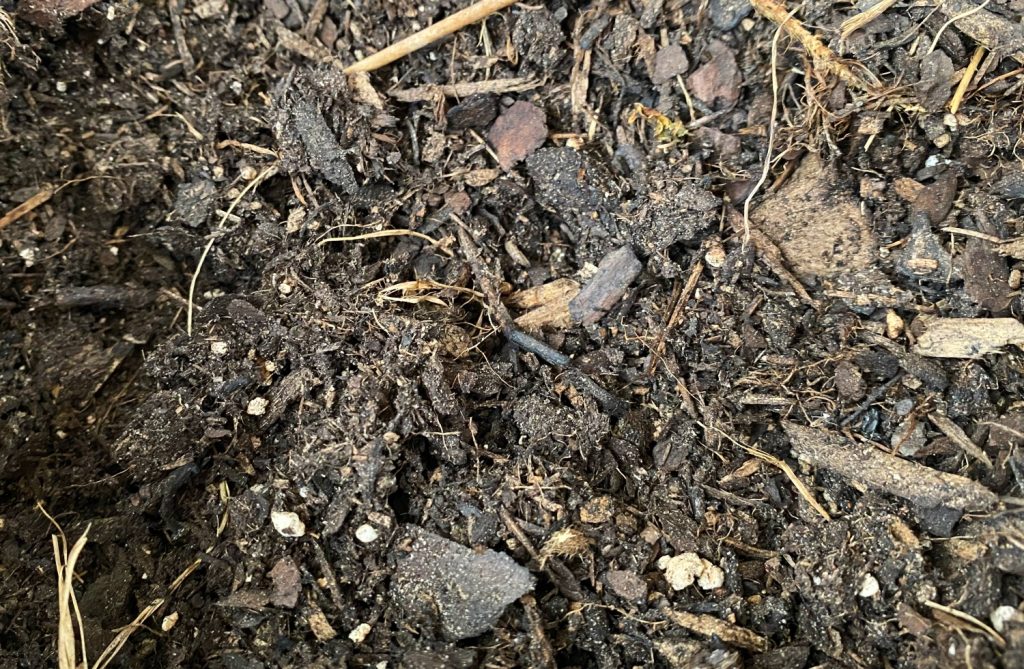
Feather meal is a slow-release fertilizer
Not only is feather meal a rich source of nitrogen, but it also acts as a slow-release fertilizer, keeping the plants in your garden fed for up to 16 weeks.
Even though synthetic fertilizers, like 15-0-0, are nutritionally comparable to feather meal, they don’t last nearly as long. Most water-soluble synthetic fertilizers last 1 to 3 weeks on average.
To make matters worse, if your plants are unable to use all of the nitrogen a synthetic fertilizer provides, then the nitrogen that’s left over can be washed away.
If it makes its way into local rivers and streams, the excess nitrogen can contribute to eutrophication, an explosion of phytoplankton growth that can be devastating to local wildlife and livestock.
But because feather meal breaks down slowly, plants can use up the nitrogen steadily, meaning there isn’t any extra nitrogen left over to poison nearby waterways.
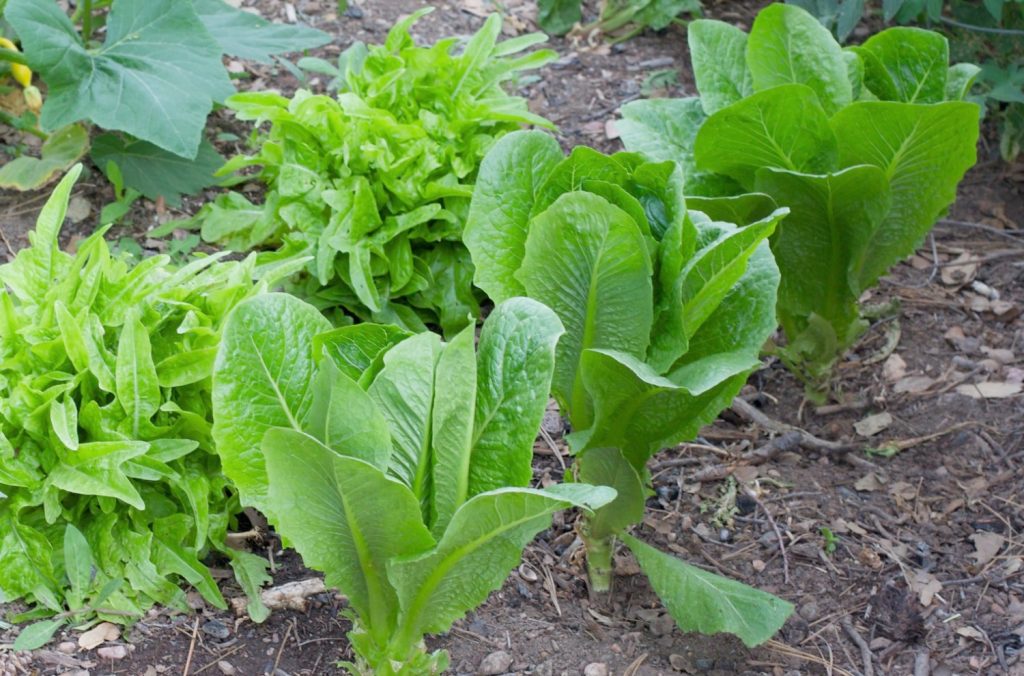
Feather meal adds structure to the soil
Feathers are comprised almost entirely of keratin, a tough, fibrous protein that takes months to break down.
So while your feather meal fertilizer is feeding your plants and degrading over time, it’s also adding structure to your soil.
Feather meal loosens compacted soils, making it easier for air and water to penetrate. It also adds density to sandy soils, making it easier for them to retain water.
Although feather meal may not be enough on its own to change the texture of your garden’s soil — you may need other materials, like horticultural sand, manure, compost, and worm castings, too — it can help keep quality soil in good shape in the months to come.
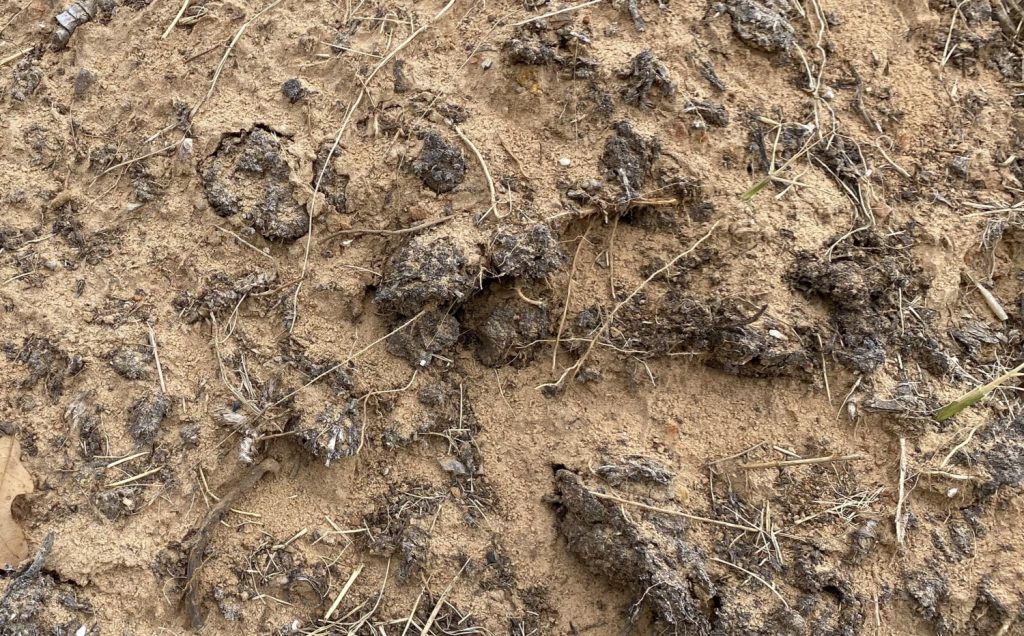
Feather meal is organic, sustainable, and cheap
Feather meal is a byproduct of the poultry industry, meaning it’s not only entirely organic but it’s also completely sustainable.
And because most poultry growers are eager to get rid of the extra feathers, feather meal is also cheap. So you can grow organically without breaking the bank.
If you’re looking for feather meal advantages and disadvantages, remember to keep these three awesome pros in mind when you make your final decision.
What are the disadvantages of feather meal?
When considering the feather meal advantages and disadvantages, you’ve got to take a look at the whole picture.
Sure, feather meal has plenty of benefits to offer. But it’s not the perfect fertilizer. Here are a few downsides to using feather meal as a fertilizer.
Feather meal is a slow-release fertilizer
The fact that feather meal degrades slowly is both an advantage and a disadvantage.
Because feather meal is a slow-release fertilizer, it’s ideal for heavy feeders, like cauliflower, broccoli, and other members of the Brassica family. These plants need a steady supply of nitrogen throughout the growing season to perform their best.
But, because it’s slow-release, feather meal is a poor choice of fertilizer for seedlings and plants that are suffering from nitrogen deficiency.
Seedlings need ready access to nitrogen so they can start producing new leaves pronto. Blood meal is a far better choice for feeding seedlings than feather meal.
And if your plants are turning yellow, growing poorly, and producing leaves that are smaller than they should be, they need nitrogen fast. Again, blood meal would be the better choice here, because it starts breaking down in a few days.
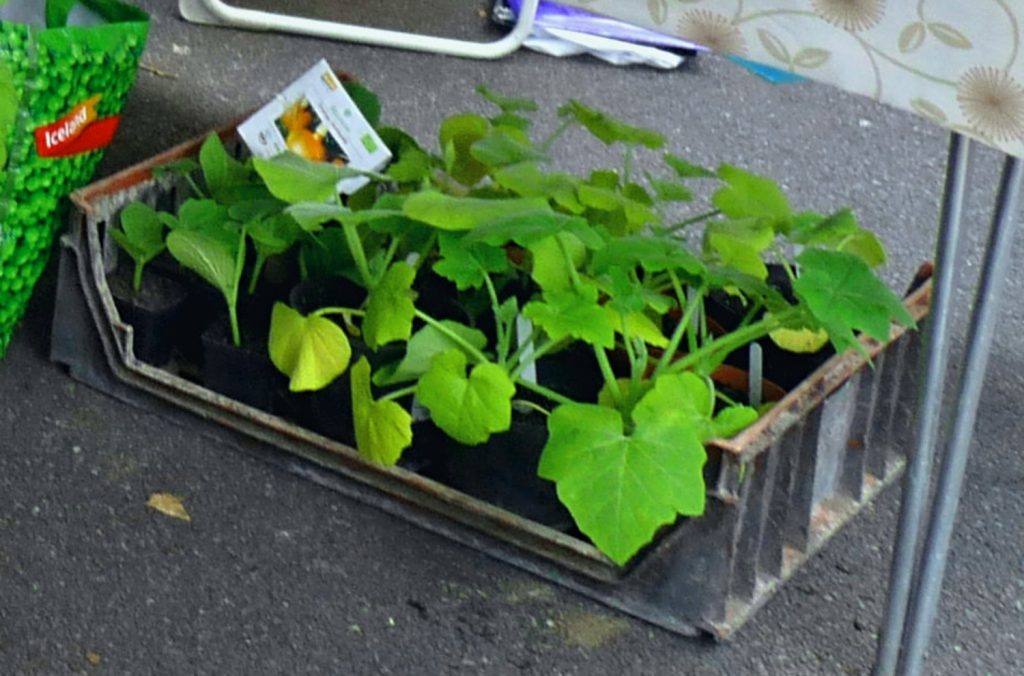
Feather meal may alter soil pH
Because feather meal is rich in nitrogen, it may acidify your soil just a bit.
If your soil is slightly alkaline, this shouldn’t be a problem. Most garden soils are neutral, so they probably won’t be negatively affected either.
But if your soil is already pretty acidic, you’ll need to mix alkalinizing materials in with the feather meal to balance things out.
For acidic soils, add compost, wood ash, and limestone in addition to feather meal to keep the pH level closer to neutral.
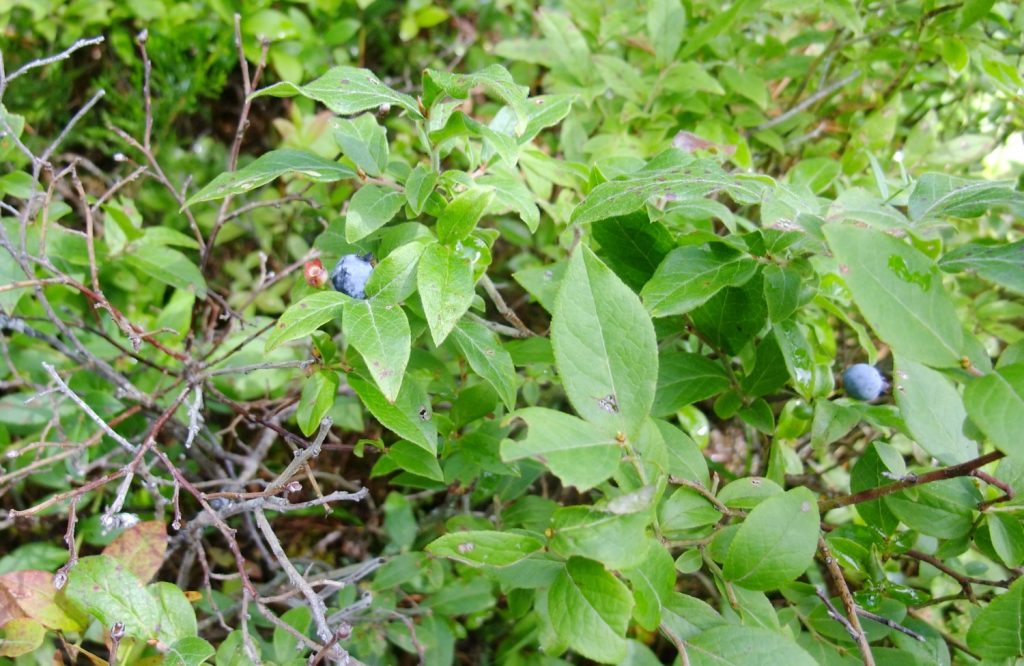
Feather meal is not nutritionally complete
We love using feather meal because it’s an awesome source of nitrogen. But, great as it is, this organic fertilizer is far from nutritionally complete.
Feather meal does not contain any phosphorus or potassium to speak of. It’s also lacking in many of the trace minerals that plants need to grow, like magnesium, zinc, and iron.
Feather meal can be mixed with other materials to create an organic fertilizer for your garden.
We usually mix feather meal with bone meal and banana peels to add phosphorus and potassium to the soil. We also like to add it to our compost bin every month, to enrich the nutrient profile.
But if you’re looking for a nutritionally complete fertilizer that’s ready to use, feather meal is not the right choice for you. Try Organic Plant Magic Truly Organic, instead.
This fertilizer contains feather meal, as well as other organic materials, like alfalfa meal, crab meal, and kelp. With an NPK ratio of 10-10-10, it’s perfect for fruits and veggies.
We’ve found the added bacterial and rhizome strains really make a difference in the quality of our plants. Our crops are less likely to get sick, and the plants that do are more likely to recover.
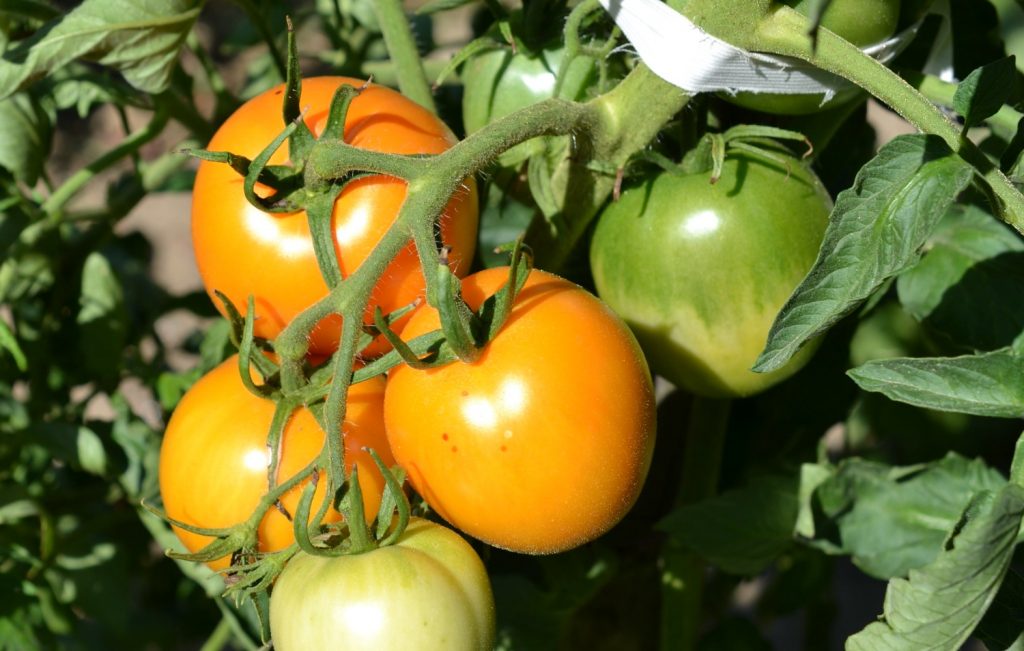
Should you use feather meal in your garden?
There are many feather meal advantages and disadvantages that are worth considering before using this organic fertilizer in your garden.
What we can tell you from personal experience is that feather meal enhances the soil in a way other organic fertilizers can’t.
While feather meal may be lacking in other nutrients, it provides such high doses of nitrogen that it can seriously enhance your garden’s vegetative growth — and because it breaks down slowly, it can do so for months.
Overall, feather meal can play an important role when it comes to fertilizing an organic garden.
